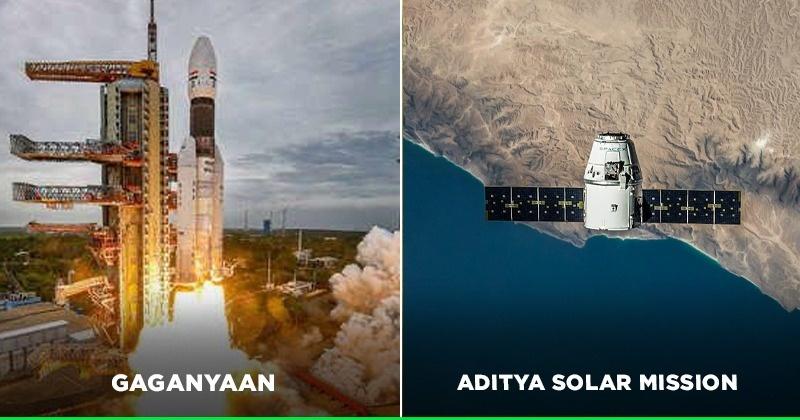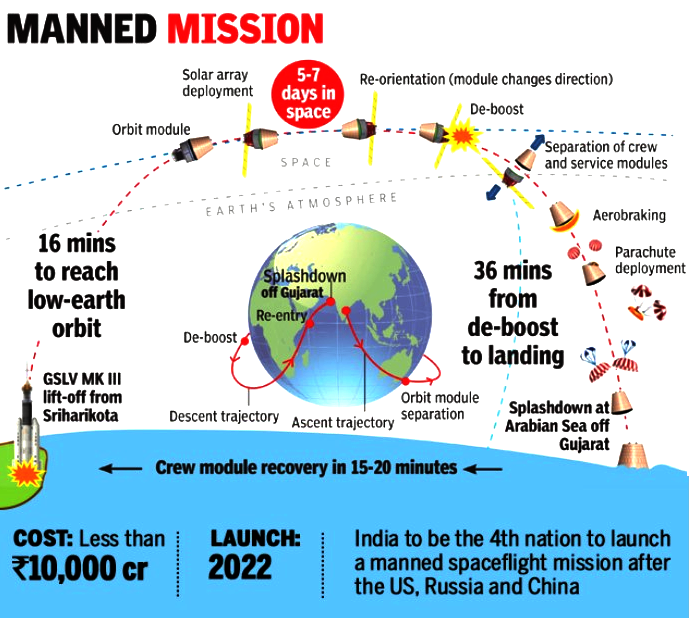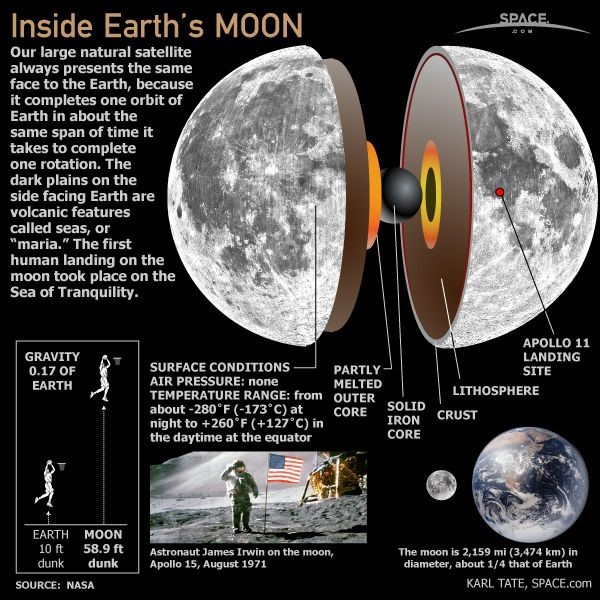Free Courses Sale ends Soon, Get It Now


Free Courses Sale ends Soon, Get It Now



Disclaimer: Copyright infringement not intended.
Context
Gaganyaan
About
Launch Vehicle

Placement
Suit
Return
Vyommitra
Significance
About ADITYA L1 Mission
Chandrayaan-3
Why exploring the Moon is imperative?
Why Lunar South Pole of the Moon is targeted for exploration?

© 2024 iasgyan. All right reserved